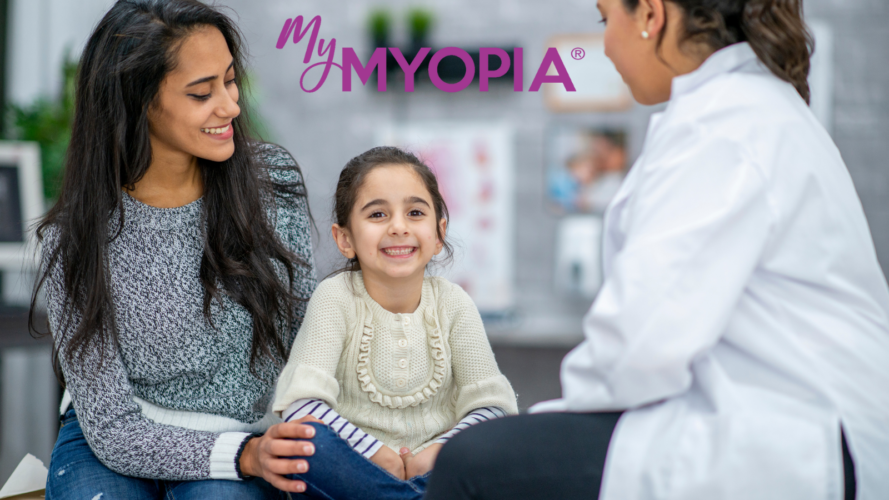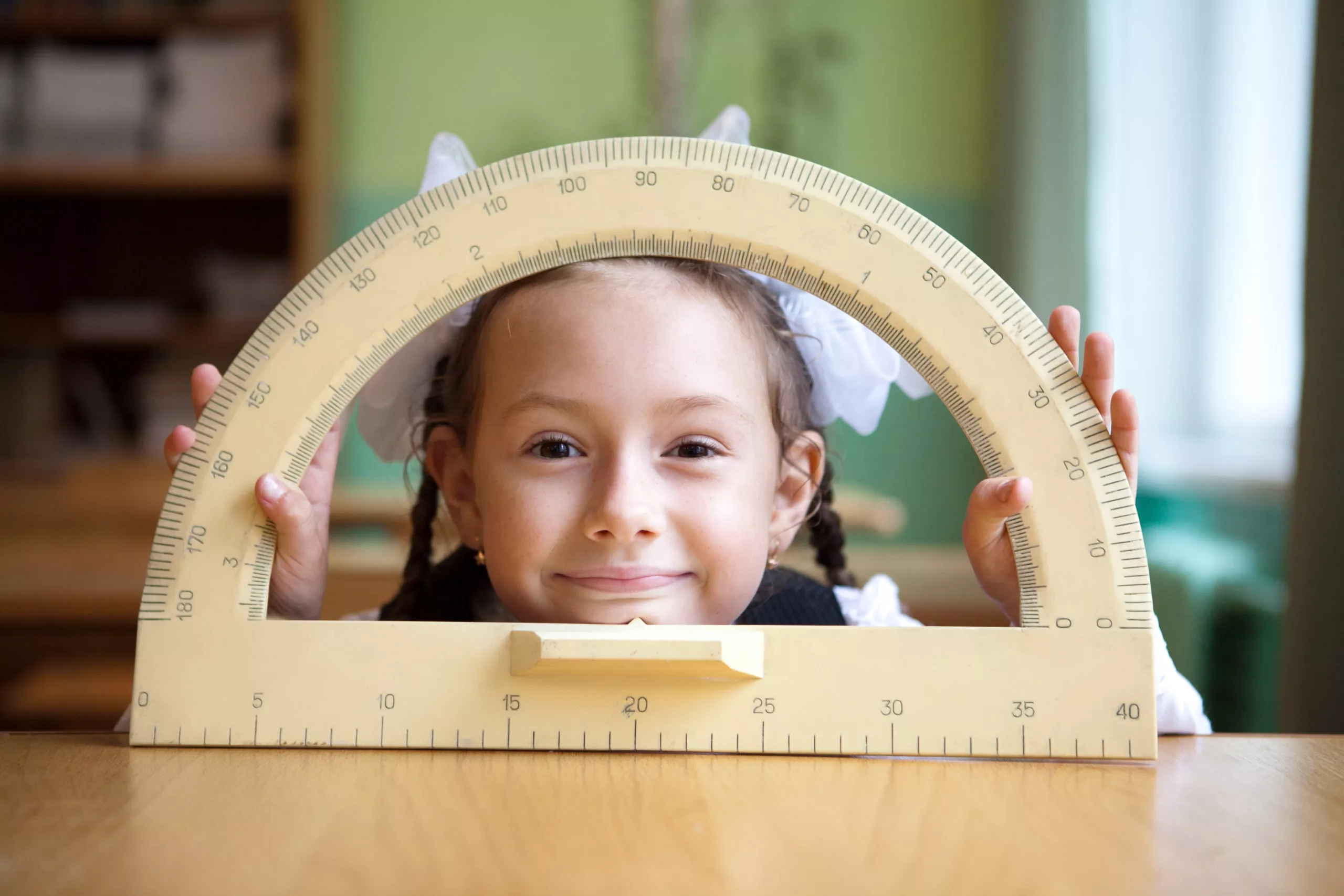
This year, awareness and understanding of myopia increased as organizations, associations, and influencers continued to emphasize the importance of eye exams and myopia management for children. Understanding that conventional glasses and contact lenses do not slow the progression of myopia, and that there are treatment options available, is the highest priority takeaway—as it will continue to be in 2022 and beyond.
Early this year, studies confirmed myopia in children increased at an even more alarming rate following COVID-19 home confinement.
In January, a study shared results that there was a substantial myopic shift (−0.3 diopters) in children aged 6-8 years old after home confinement due to coronavirus. The prevalence of myopia increased 1.4 to 3 times in 2020 compared with the previous 5 years.
Access the study results on JAMA Ophthalmology here.
In January, the AAO launched the Global Myopia Task Force, with Vyluma Inc. as the first company committed to supporting the initiative over the next 5 years.
The American Academy of Ophthalmology commenced a global initiative to address the worldwide myopia epidemic, led by the Global Myopia Task Force, comprised of renowned doctors Richard L. Abbott, MD, and Donald Tan, MD, and other recognized experts in myopia prevention and treatment, public health experts from around the world, and organization representatives from the American Academy of Family Physicians, American Academy of Optometry, and American Academy of Pediatrics.
Learn more about the launch of the AAO Myopia Task Force on Review of Optometry here.
In May, Vyluma Inc. was established as a wholly-owned subsidiary of Nevakar, Inc., focusing on pharmaceutical ophthalmic solutions.
Vyluma has a robust pipeline of novel therapies which is led by NVK002, a pharmaceutical atropine eyedrop to slow the progression of myopia in children. NVK002 is currently in late Phase III CHAMP clinical trial in the United States and Europe and entering Phase III in Asia. “With the establishment of Vyluma, we are committing more research, education, and resources to the ophthalmic clinicians, and their patients, to ensure we are not only bringing future treatments to market but inviting an open dialogue on how to best partner together,” said Navneet Puri, PhD, Founder, Chairman and CEO.
Read more about Vyluma Inc. on Review of Myopia Management here.
Read the full press release announcing Vyluma Inc. here.
In June, the American Academy of Ophthalmology (AAO) published their recommendations, Reducing the Global Burden of Myopia by Delaying the Onset of Myopia and Reducing Myopic Progression in Children.
The American Academy of Ophthalmology Myopia Task Force’s recommendations aim to reduce the global burden of myopia by delaying the onset of myopia and reducing myopic progression in children and adolescents.
View the Academy’s Task Force on Myopia here.
In July, the American Optometric Association (AOA) released the Myopia Management Clinical Report, highlighting the vital role optometrists have in diagnosing, managing, and treating myopia.
The American Optometry Association (AOA) released a clinical guide, developed by the evidence-based optometry committee, and led by Dr. Andrew Morgenstern, which serves as an updated resource with all the information optometrists need to start preventing myopic progression.
Find the AOA Myopia Management Clinical Report here.

In September, MyMyopia® grew to a community of 10,000 members and garnered over 120,000 unique visitors to its website highlighting the importance of myopia education for parents.
As the prevalence of myopia continues to increase in children, parents are seeking out resources to help inform themselves on the impact of myopia and to prepare for important conversations with eye doctors about slowing its progression.
Visit MyMyopia’s resource library here.
Eye doctors, access to MyMyopia’s patient education toolkit here.
In October, The Alliance for Eye and Vision Research organized a Congressional briefing: Nearsightedness is a Public Health Crisis.
The briefing, held in conjunction with the American Optometric Association, the American Academy of Ophthalmology (AAO), the Research to Prevent Blindness, and the Association for Research in Vision and Ophthalmology, educated legislators on the increasing incidence of myopia and associated cost burden. “Nearsightedness has risen dramatically over the last 50 years. If nothing is done to help slow the increase, half the world’s population may be nearsighted by the year 2050. That means much more than a lot of people in glasses. It means a lot of kids today are at risk of developing vision-threatening eye conditions tomorrow,” the AAO press release stated.
Learn more about the briefing and watch video footage here.
In October, the Global Myopia Awareness Coalition shared results from a two-year study showing progress in raising parents’ awareness of myopia, yet more work to be done.
The Global Myopia Awareness Coalition conducted a study comparing parents’ awareness and perceptions about myopia in 2019 and now in 2021. The key takeaways were:
- Parents have increased their awareness of myopia and nearsightedness, and the COVID-19 pandemic likely played a role in this.
- There were significant peaks in online searches for myopia around the back-to-school season.
- While awareness of myopia is growing, there is still more education that needs to happen for parents. Overall, many misperceptions about myopia have changed in recent years, thanks in part to the publication of new research and science-based articles.
“Nearly 60% of the survey respondents were able to clearly define the condition. However, when it comes to how familiar parents are with myopia as a whole, 22% of parents weren’t familiar with it at all, and 20% weren’t very familiar with it,” the study reported.
Read more about the study and results on Review of Myopia Management here.
This year, MyMyopia® put an emphasis on equipping eye care professionals with resources to help educate parents about myopia with a new toolkit and website plug-in.
The MyMyopia® toolkit contains many valuable resources in the form of brochures, reference sheets, and checklists. It includes embed codes for resources like an infographic and video content for easy use. The MyMyopia® plug-in offers eye care professionals a quick and easy way to add a myopia education page to their websites.
The MyMyopia® toolkit and how-to guide can be downloaded here.
Contact the MyMyopia® team for support installing the myopia education page on your website here.
We appreciate your interest in MyMyopia®, and we look forward to a new year of sharing more knowledge, insights, and successes in protecting children’s vision throughout the next year. Our continued goal is to launch new initiatives to support parent education and to equip professionals with helpful resources.
Tags: myopia, eye health, myopia management, myopia control, pediatric myopia
